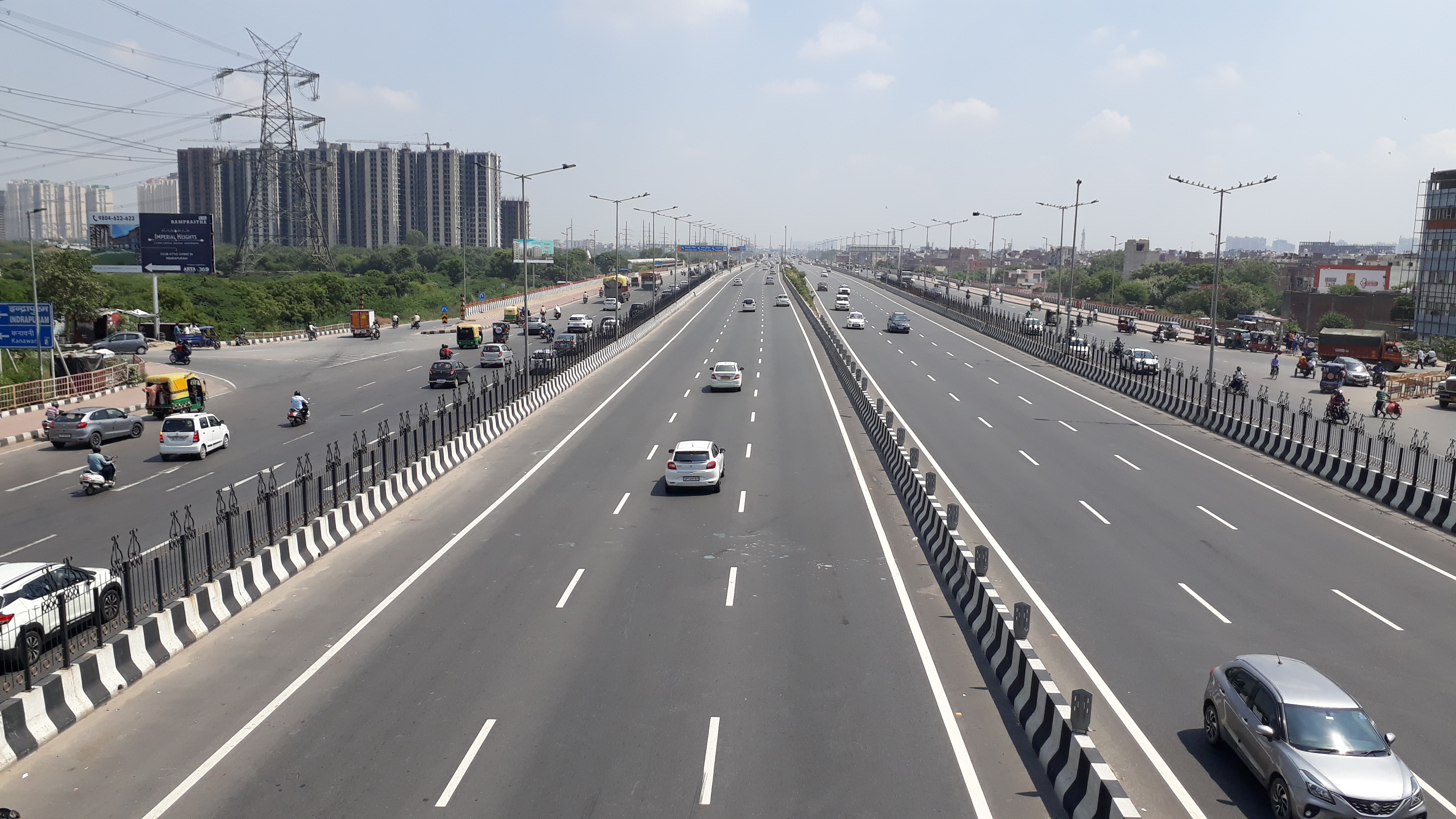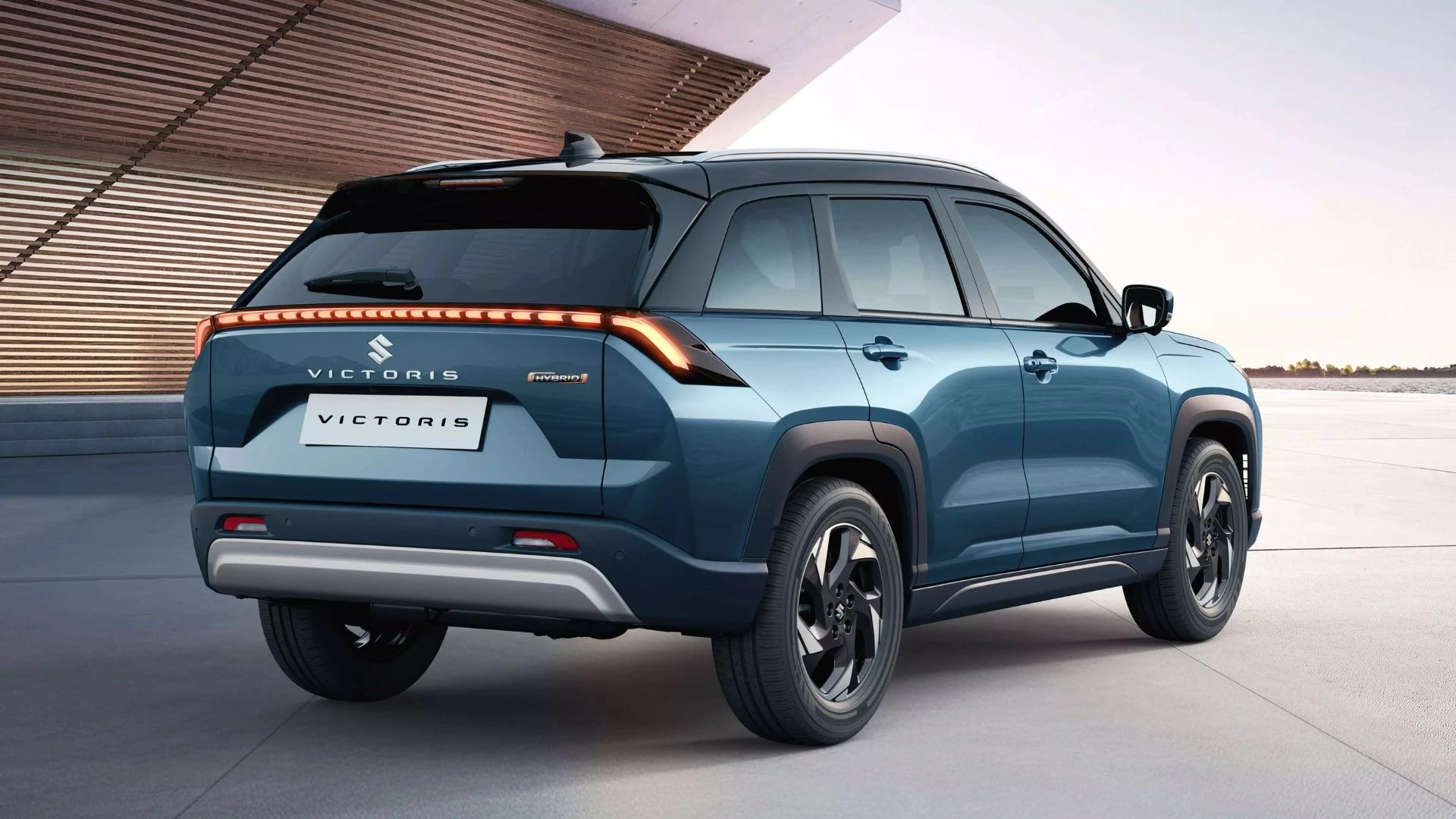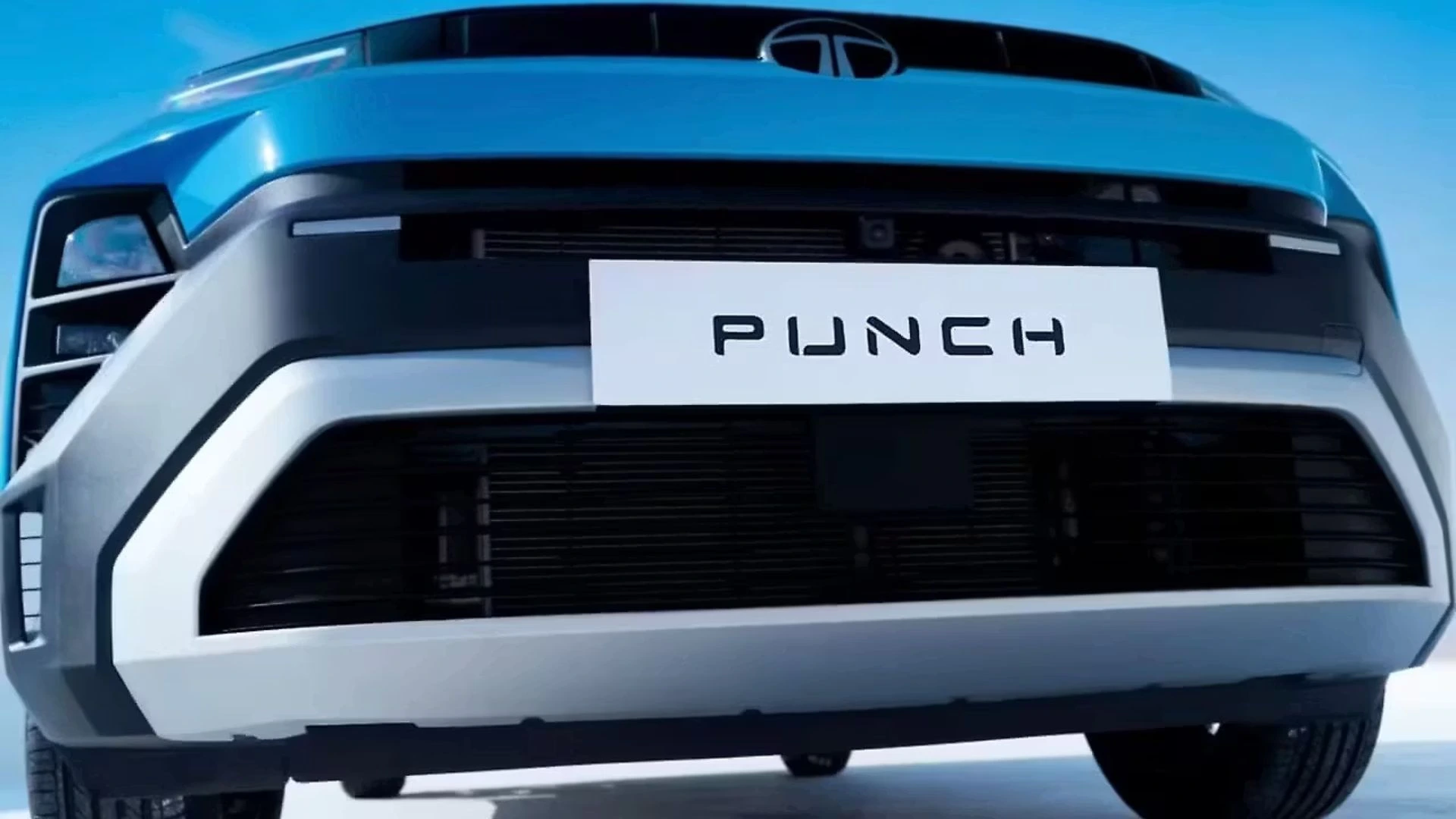New Delhi: The construction of the Eastern Peripheral Expressway (EPE), which has stopped a large number of polluting trucks from entering Delhi, has the potential to prevent the emission of 15.3 lakh tonnes of CO2 in 20 years. The Expressway has the potential to avoid nearly 2.2 lakh tonnes of CO2 emissions, according to a recent study by the Central Road Research Institute (CRRI) and the Energy and Resources Institute (TERI).
The report titled 'Assessment of CO2 Emissions Avoided During Construction and Operation of National Highways' also estimated that the upcoming Delhi-Dehradun expressway would help avoid 20.6 lakh tonnes of CO2 emissions. In the case of the expansion of the Delhi-Agra highway, the study estimated avoidance of 6.4 lakh tonnes of CO2 as well.
It also said that at the national level, the expansion of National Highways (NH) and the construction of greenfield expressways in the last nine years has the potential to avoid more than 32 million tonnes (MT) of carbon dioxide (CO2) per year and in the 20-year time frame For years, this emissions avoidance is associated with about 643 MTs. The assessment was carried out through a life cycle analysis of the projects, taking into account both the construction period and the operation phase of the regions and national highways, including the loss of forest area and trees outside forests.

The estimated avoidance of CO2 emissions has been arrived at considering different factors, including how new and improved vehicles, which replace congested and often circuitous routes, could significantly reduce fuel consumption and the impact of road plantings. and compensatory afforestation.
According to the report, the expansion and construction of roads and highways have a significant impact on fuel consumption, as vehicles spend less time in congested traffic and thus save diesel and petrol.
Thanks to EPE, diesel savings are estimated at 575 metric tons over 20 years, while gasoline savings will be around 4 MTs. The 135-kilometre EPE has helped divert a large number of trucks, which previously had to pass through Delhi and therefore spend more time on the road. On the contrary, in the case of the Delhi-Meerut highway, it is estimated that the savings of petrol is about nine times higher than that of diesel.
The report estimated diesel savings at about 9 MTs, compared to petrol savings of 82 MTs. This is due to the fact that the participation of private vehicles is greater in this section. Specialized agencies have collected data on 20 road sections, five greenfield and 15 brown sections, including EPE, Delhi-Meerut, Delhi-Dehradun and Ahmedabad-Vadodara expressways along with Delhi-Agra, Panipat-Jalandhar and Pune-Solapur highways.
According to the report, in the case of these 20 projects, it is estimated that the total fuel consumption will be around 41.2 billion litres in a period of 20 years. "This amount of consumption is 19% less or 9.8 billion liters of fuel is saved in the optimized condition compared to business as usual (BAU) condition," the report says. It added that of the total fuel savings, the participation of petrol will be around 7% and the rest will be diesel. The main savings will be 53% and 23% for medium and heavy commercial vehicles, respectively.
Also Read: Best Car Mobile Holders in India 2023 | Top Rated Car Mobile Holders








_1767604257.webp)


_1767593014.webp)